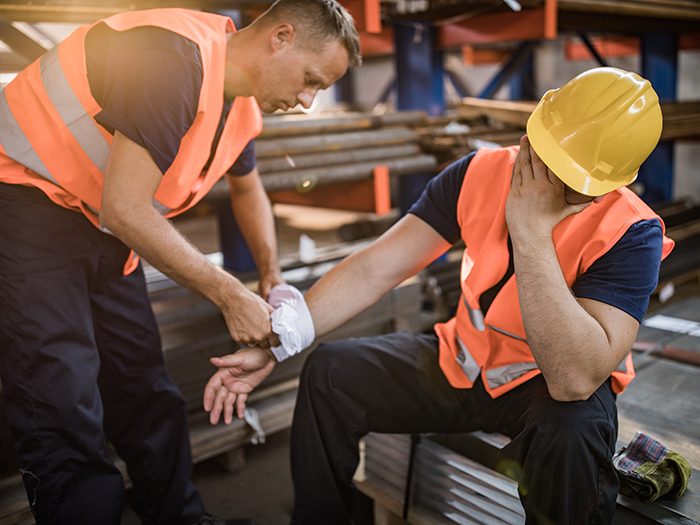New York Workers Compensation Law states that an employee’s sole legal remedy for an accident caused by their employer or a co-worker is collecting workers’ compensation benefits. Sadly, some injured workers never speak to an experienced New York City construction accident attorney about exceptions to workers’ compensation, claims against third parties and labor law claims that may enable them to sue for damages a great deal more money.
EXCEPTIONS TO WORKERS COMPENSATION LAW
The first exception to Section 29(6) of the New York Workers’ Compensation Law is where an employer fails to secure workers’ compensation benefits for their employees. In such a case, a worker has the right to choose between workers’ compensation benefits and suing their employer for damages. Other notable exceptions are where the injuries were sustained because of an intentional or deliberate act of negligence or recklessness by the employer or a co-worker.
Section 11 of the New York Workers Compensation Law defines these injuries as:
- Loss/amputation of a hand, foot, arm, leg, finger, or toe;
- Paraplegia or quadriplegia;
- Blindness;
- Deafness,
- Severe facial disfigurement that is permanent;
- Loss of a nose and/or an ear or
- Permanent brain injuries.
Courts have refined the interpretations of grave injury under New York Law and consulting with an experienced construction accident attorney in New York City is the best way to find out if your injury qualifies.
Actions Against Third Parties For Negligence
According to the NYC Bar Association, if your injury is caused by the negligence or recklessness of someone other than your employer or co-worker, you can sue them for damages while also collecting worker’s compensation. It’s necessary to show that the third party, rather than your employer:
- Had control of the instrument of your injury;
- Knew, or should have known, it was dangerous and
- Failed to take reasonable safety precautions.
This is similar to the standard for all negligence cases. For example, if you’re hit by a delivery truck while you’re operating a forklift, you’ll have both a worker’s compensation case and an action for damages against the driver and owner of the delivery truck. When a construction accident is caused, even partially by somebody other than your employers or co-workers, an experienced New York City construction accident attorney will always investigate third parties that can be sued for damages.
The Scaffold Law
USA Today reports that construction work continues to be one of the most dangerous professions in the United States. In deference to that danger, New York’s Labor Law Section 240 imposes strict liability on construction companies for “gravity-related” injuries to workers. This has been interpreted to cover injuries caused when a worker falls from a height such as a ladder or a scaffold and for situations where something falls on a worker from above. It’s applicable to construction on commercial buildings, apartment buildings, and homes designed for three or more families, excluding work on single-family homes, boats, bridges, and other structures that are not buildings. Erection, demolition, repair, alteration, painting, cleaning, pointing, erecting hoists, scaffolding, pulleys, braces, and other construction supports are covered, but routine maintenance work such as changing light bulbs and HVAC filters are not. Decorating work such as hanging window treatments is also excluded. If you’ve been injured on a construction site, you should speak to a New York City construction accident attorney to find out if you can sue under the Scaffold Law.


